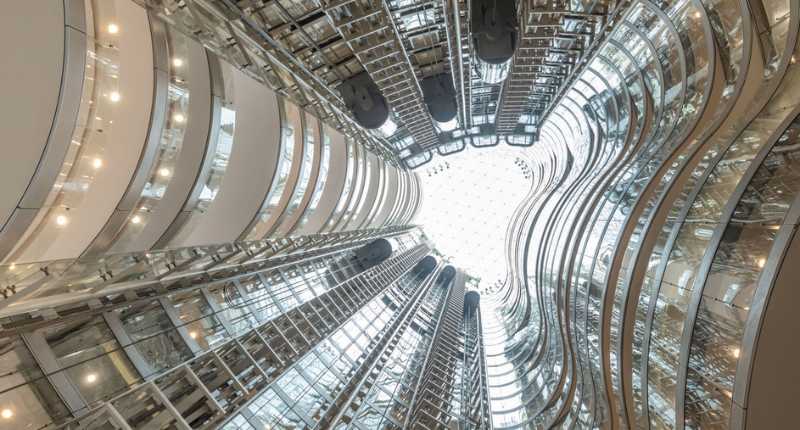- New smart buildings able to communicate with grid to delegate load.
- Potential to help unlock significant energy efficiency gains and reduce emissions of building sector.
- Technology already being implemented in the real world to great success.
The Green Building Council of Australia (GBCA) recently unveiled its first report on Grid-interactive Efficient Buildings (GEBs), which they believe will play a vital role in helping Australia reach its net-zero goals.
Davina Rooney, GBCA’s Chief Executive Officer, says that GEBs can bridge the seemingly incongruent divide between environmental and economic outcomes— lowering energy costs, relieving the burden from overloaded networks, and guiding the switch to green energy.
“Put simply, grid-interactive buildings hold the key to transitioning our built environment from net zero to zero emissions.”
Davina Rooney, GBCA Chief Executive Officer
What are GEBs?
GEBs are fully electric buildings designed to use electricity more efficiently and effectively, reallocating energy to times when it is cleaner and cheaper. The critical feature of GEBs is their ability to interface with the local grid system. This bidirectional flow of information allows the building to function as a malleable resource for grid managers.

For example, GEBs can draw upon energy storage when the grid is at total capacity. GEBs can also lower their load during peak hours through their lighting control or lowering heating, ventilating and air conditioning consumption (HVAC).
With the Australian government hoping to raise renewable energy in the electricity grid from 36% to 82% by 2030, GEBs may become indispensable in helping the nation reach zero carbon emissions.
Incorporating the grid into our environment
Rooney states that buildings currently use 50% of Australia’s electricity, which jumps to 77% during peak periods.
“By shifting a portion of the energy usage in buildings for a few hours each day, five days a week, Australia could cut down greenhouse gas emissions by 0.6% – equivalent to the impact of 180,000 homes,” Rooney says.
“This reduction can be achieved without decreasing energy usage and would also lead to a substantial cost reduction of $1.7 billion in supplying electricity to Australian buildings each year.”
The benefits of GEBs working in harmony with the electricity grid are substantial. It will help Australia achieve a more cost-effective, green energy transition, raise electricity system stability, better returns on renewable energy investments, and lowered carbon emissions from the building sector.
Rooney says that GBCA has been workshopping a set of principles and actions to assist the conversion of the built environment into a grid-interactive system.
“The principles in this paper underpin the new grid resilience credit in our new Green Star rating tools. They will guide our advocacy and education programs in the coming years, as grid interactivity becomes an increasingly critical objective for decarbonising the built environment,” she says.
“By incorporating grid-interactive strategies into building design, operation, and management, we can create a sustainable and resilient future for the built environment, ensuring a smooth transition to zero-carbon buildings.”
The report includes examples demonstrating the successful implementation of GEBs in the real world.

For instance, the Sydney Opera House has a groundbreaking power purchase agreement that links its electricity demand to the output of solar and wind farms in regional New South Wales.
Additionally, Grosvenor Place has an all-electric HVAC system with a large thermal storage plant, allowing it to move electrical loads from peak to off-peak.








